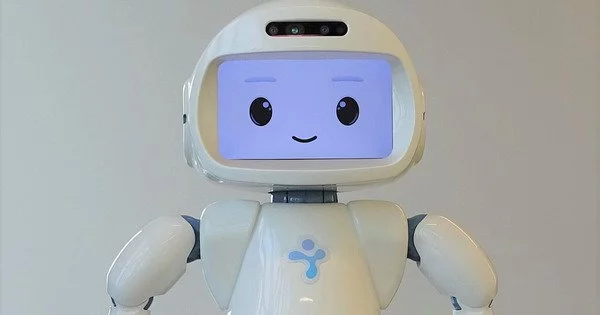Robots can certainly help kids with learning impairments stay focused and involved in their educational endeavors. While robots can be useful tools in assisting kids with learning difficulties, they should be used to supplement, rather than replace, human educators and support systems. Human supervision and empathy are still required for these students’ holistic growth.
Engineers at the University of Waterloo are successfully utilizing a robot to help youngsters with learning impairments stay focused on their work. This was one of the primary findings of a new study, which also discovered that both the students and their teachers valued the positive classroom contributions made by the robot.
“There is definitely great potential for using robots in the public education system,” said Dr. Kerstin Dautenhahn, an electrical and computer engineering professor. “Overall, the findings imply that the robot has a positive effect on students.”
Dautenhahn has been researching robots in the setting of disability for many years and incorporates equity, inclusion, and diversity ideas into her research efforts. Additional learning support, such as one-on-one training and the usage of smartphones and tablets, may benefit students with learning impairments.
There is definitely great potential for using robots in the public education system. Overall, the findings imply that the robot has a positive effect on students.
Dr. Kerstin Dautenhahn
Educators have in recent years explored the use of social robots to help students learn, but most often, their research has focused on children with Autism Spectrum Disorder. As a result, little work has been done on the use of socially assistive robots for students with learning disabilities.
Dautenhahn resolved to change this, together with two other Waterloo engineering researchers and three experts from the Learning Disabilities Society in Vancouver, by conducting a series of tests with a miniature humanoid robot dubbed QT.
According to Dautenhahn, the Canada 150 Research Chair in Intelligent Robotics, the robot’s capacity to do movements with its head and hands, as well as its speech and facial features, makes it ideal for usage with children with learning difficulties.

Using promising previous research as a foundation, the researchers separated 16 kids with learning difficulties into two groups. In one group, pupils worked solely with an instructor. Students in the other group worked one-on-one with an instructor and a QT robot. In the latter group, the instructor used a tablet to direct the robot, which then completed several tasks autonomously using speech and gestures.
While the instructor directed the sessions, the robot took over at times when the instructor activated it to guide the learner. Aside from introducing the session, the robot established goals and, if necessary, self-regulating strategies. If the learner strayed from the assignment, the robot used tactics such as games, puzzles, jokes, breathing exercises, and physical gestures to reorient them.
According to Dautenhahn, students who worked with the robot “were generally more engaged with their tasks and could complete their tasks at a higher rate compared” to students who did not interact with a robot. Further research with the robot is being planned.
















